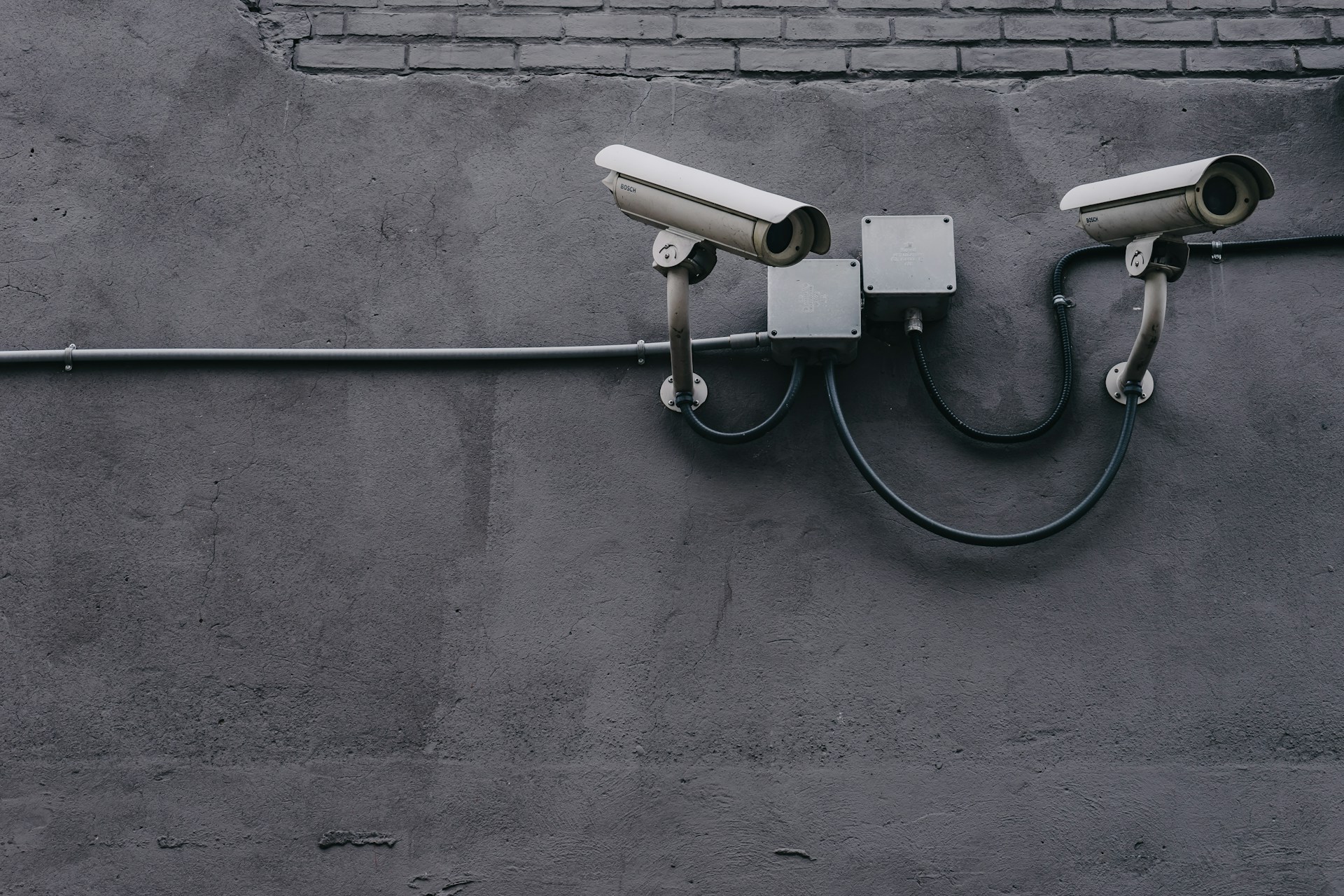In an era where digital transformation is at the heart of business growth and operations, cybersecurity remains a paramount concern. As we move into 2023, staying ahead of emerging cybersecurity threats is more critical than ever.
This blog post will explore the key cybersecurity trends to watch this year, offering insights for IT professionals, small business owners, and cybersecurity enthusiasts who are determined to safeguard their digital assets.
As businesses continue to adapt to an increasingly digital landscape, understanding emerging cybersecurity trends is crucial for safeguarding sensitive information.
One of the key trends for 2023 is the integration of artificial intelligence in cybersecurity tools, which enhances threat detection and response capabilities.
Additionally, the rising adoption of zero-trust architectures is paramount for strengthening security frameworks by ensuring that all users, whether inside or outside the organization, are continuously verified.
To stay ahead, organizations must proactively address these trends and regularly update their security protocols. For a deeper exploration of these trends, learn more.
1. The Rise of AI-Driven Security Measures
Artificial Intelligence (AI) is no longer just a buzzword; it’s reshaping the cybersecurity landscape. With cyber-attacks becoming more sophisticated, traditional security protocols are struggling to keep up.
AI-driven security measures are emerging as a game-changer, offering dynamic and proactive defenses against new threats. These systems learn from past attacks, continuously evolving to identify and neutralize potential threats before they materialize.
2. Increased Focus on Cloud Security
The shift to remote work has seen businesses moving their operations to the cloud at an unprecedented rate. While this transition offers flexibility and scalability, it also opens up a new frontier for cyber threats.
In 2023, there will be an increased focus on cloud security, with businesses investing in secure access service edge (SASE) and cloud access security brokers (CASBs) to protect data across multiple cloud platforms.
3. The Growing Threat of Ransomware
Ransomware attacks have been on the rise and are expected to become even more prevalent in 2023. Cybercriminals are no longer just targeting large corporations; small and medium-sized enterprises are increasingly in the crosshairs.
These attacks not only disrupt business operations but can also inflict significant financial damage. Adopting a multi-layered security strategy and regular data backups are critical in mitigating the risk of ransomware attacks.
4. The Importance of Zero Trust Architecture
The concept of “never trust, always verify” is at the core of zero trust architecture, a security model that IT leaders are rapidly adopting.
With the dissolution of traditional network perimeters, zero trust offers a holistic approach to securing the IT ecosystem by verifying every user and device, regardless of their location. In 2023, implementing zero trust will be crucial in protecting against data breaches and insider threats.
5. The Emergence of Quantum Computing Threats
Quantum computing is set to revolutionize the tech industry, offering processing power that’s unimaginable by today’s standards. However, it also poses a significant threat to current encryption models.
Quantum computers have the potential to break existing cryptographic algorithms, exposing sensitive data. Preparing for quantum threats by researching and adopting quantum-resistant algorithms will be a pressing concern for cybersecurity professionals.
6. Enhanced Regulation and Compliance Measures
With the increase in cyber threats, governments worldwide are stepping up efforts to protect consumers and businesses through enhanced regulation and compliance measures.
In 2023, businesses will need to pay close attention to regulatory changes, such as updates to the General Data Protection Regulation (GDPR) or the introduction of new data protection laws, to avoid hefty fines and reputational damage.
7. The Expansion of IoT Risks
The Internet of Things (IoT) continues to expand, connecting everything from home appliances to industrial machinery.
While IoT devices offer convenience and efficiency, they also present new vulnerabilities. Cybersecurity measures specifically tailored to IoT environments will become increasingly important as these devices become more ingrained in our daily lives and business operations.
Final Thoughts
The landscape of cybersecurity is constantly evolving, and 2023 promises to bring its own set of challenges and opportunities.
By staying informed about these trends and taking proactive measures to enhance cybersecurity protocols, businesses and individuals can protect themselves against emerging threats and continue to thrive in the digital age.
For IT professionals, small business owners, and cybersecurity enthusiasts, understanding these key trends is the first step toward building a more secure future.





